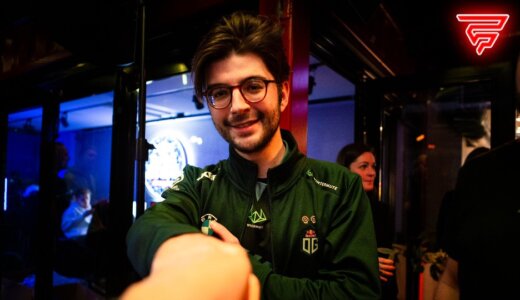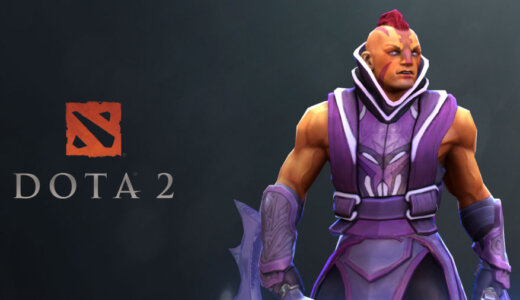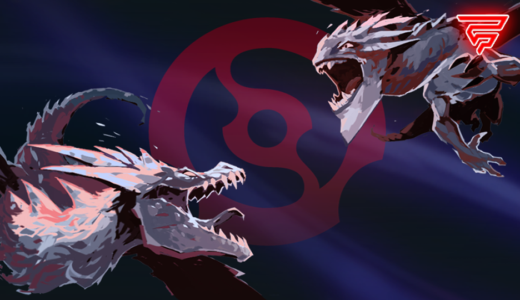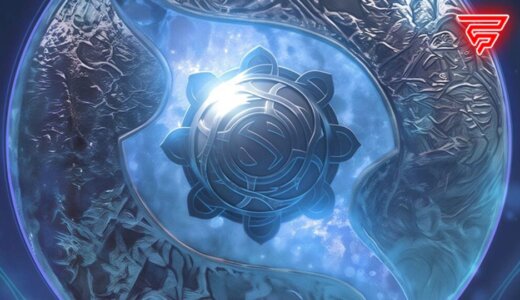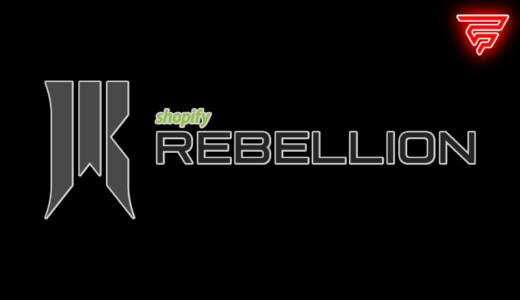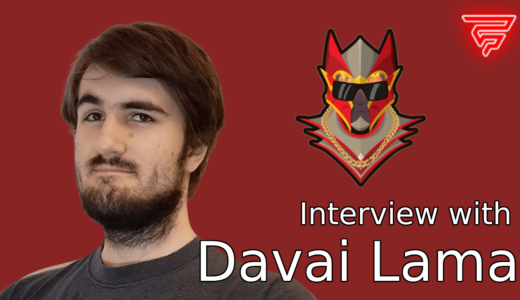Are cosmetic items affecting DOTA 2 gameplay?
Everyone loves fancy hats and skins in DOTA. Whether you’re sporting the latest immortals or one of the limited-time arcanas, cosmetics add an element of style and customization to your favorite heroes.
On the other hand, DOTA 2 is a highly competitive, fast-paced esport. Visual elements and hero features provide important cues in making split-second decisions. This is why Valve added guidelines for community artists and modelers to follow. This ensures that there will be no confusing and exaggerated cosmetics items that affect gameplay— or at least that was the intent.
The eight-year-old game’s cosmetic system has evolved immensely. The number of shiny “limited” items now numbers by the dozen. This has made the community question if this could affect gameplay at the highest level. However, in usual Valve fashion, they remain relatively quiet on the issue.
This article tries to make sense of the direction of cosmetics in the game, and why this was inevitable.

Lion with 4 immortal-tier items equipped. Lion has 5 item slots. (via Reddit)
Cosmetics are the lifeblood of DOTA 2’s community market
Many free-to-play games have a market to buy and sell in-game cosmetics that are purely aesthetic. These items could cost from as little as $0.50 to upwards of about $800. Apart from direct sales, Valve gains a profit by taking a percentage cut from the micro-transactions in the community market.
Cosmetics are a major reason for players buying monetized content in DOTA. They are a staple inclusion in the Battle Pass— the overall earnings of which drove DOTA’s premier tournament to the top of the overall prize pools in esports. The profits are then used by Valve to keep the game running, to organize events, and ultimately, to make more cosmetics.

Steam’s Community Market is a platform for players to buy and sell their cosmetic items
Valve’s Workshop Guidelines
Many might not know this, but Valve regularly outsources item set design to community artists. These artists are given royalties if their cosmetics are approved into the game. In fact, the workshop regularly receives a lot of submissions. You can check them out here.
Realizing the importance of cosmetics in the game, Valve provided community designers a set of guidelines. This dictates a bunch of technical design principles and 3D modeling requirements that submissions have to follow to be considered into the game.
Here are some points to consider according to the guidelines:
- Keeping the color scheme of the hero
- A hero’s silhouette must be clearly identifiable at first glance
- There is a limitation on polygons and assets you can use
- Item sets should follow the heroes’ lore
- Should not affect gameplay
As you can see, the guidelines aim to make cosmetics fairly uniform and unintrusive to gameplay as much as possible.
The rule-breaker consistently violating workshop guidelines
While the guidelines served as a good baseline for submissions, the items currently in the game might make you question their validity. Item cosmetics today are more flashy and in-your-face when compared to the game’s beta stages.
The quality of cosmetics has improved over time but this has lead to some rule bending on the part of community designers— and on the developers as well. The most consistent offender of the workshop guidelines is Valve themselves.
In-house designs by Valve are one of the most notorious offenders of the guidelines. Some arcanas and immortals blatantly break a hero’s “glance value” and color scheme. There are also hero sets that do not make sense from a lore perspective. Furthermore, guideline-breaking community sets cannot be in the game without Valve’s approval in the first place.

Batrider’s Manta Marauder set and Ursa’s Alpine set. The latter was removed because it “didn’t fit Ursa’s theme and lore”. (via Dota 2 Fandom [1,2])

Phantom Assasin vs Juggernaut’s Arcana. These two heroes look similar— violating “glance value” and color schemes. (via Reddit)

Rubick’s Arcana changes how spells look
This brings a host of issues into the game. Apart from adding an extra layer of complexity to an already elaborate game, this also increases the learning curve for new players. It could also contribute to the performance issues in DOTA 2.
Why is this allowed?
So what’s the deal? Why is Valve steering cosmetics in this direction? Will DOTA be slowly turned into heroes with zero identity with regards to glance value and color schemes? Well, not really. Cosmetics are heading in this direction because Valve thinks it’s what’s best for the game.
Sooner or later the vanilla-style item sets would get boring and too analogous. A unique and shiny item just feels more premium than the old muted sets. Valve is still profit-motivated and hats with flying particles are more appealing to purchase. And while it may be annoying to occasionally mistake a Vengeful Spirit for a QoP, these weird cosmetics help keep the game going.
Conclusion
Unique and appealing item sets do not have to be intrusive. There can be sets that feel premium and still be unintrusive. Anti-Mage’s Guilt of the Survivor is one of the coolest cosmetic item sets that still feel true to the hero’s lore.
The game is constantly evolving alongside its player base. After a few months, Female Anti-Mage and Kid Invoker already feel normal. As with most changes, backlash dies down once people get used to the new experience. (remember the petitions to revert Reborn to Source 1?) One thing is clear, cosmetics are here to stay and they will keep transforming. Besides, it’s a free game, no complaining.
(Header image via Reddit/Dota 2)

